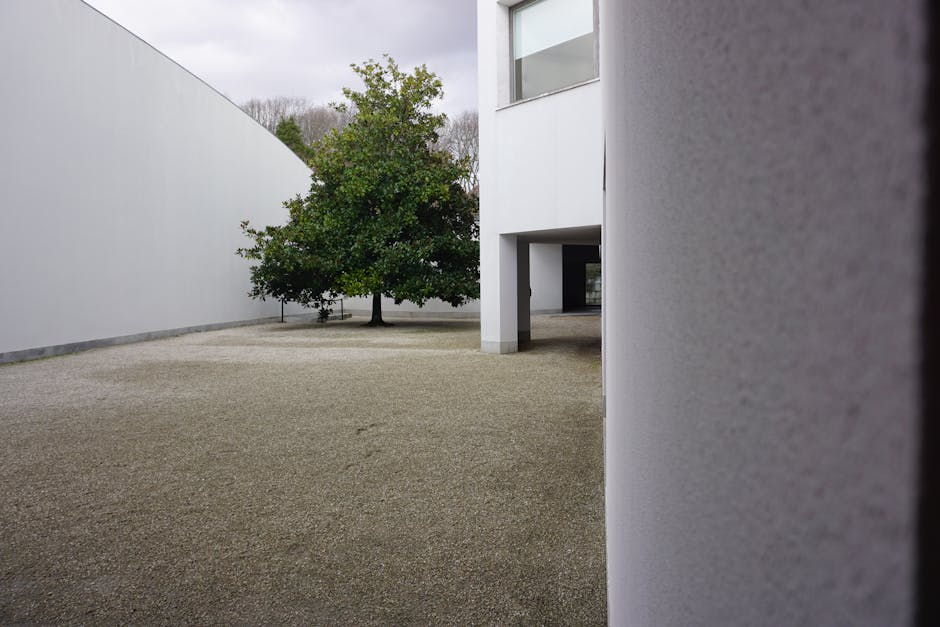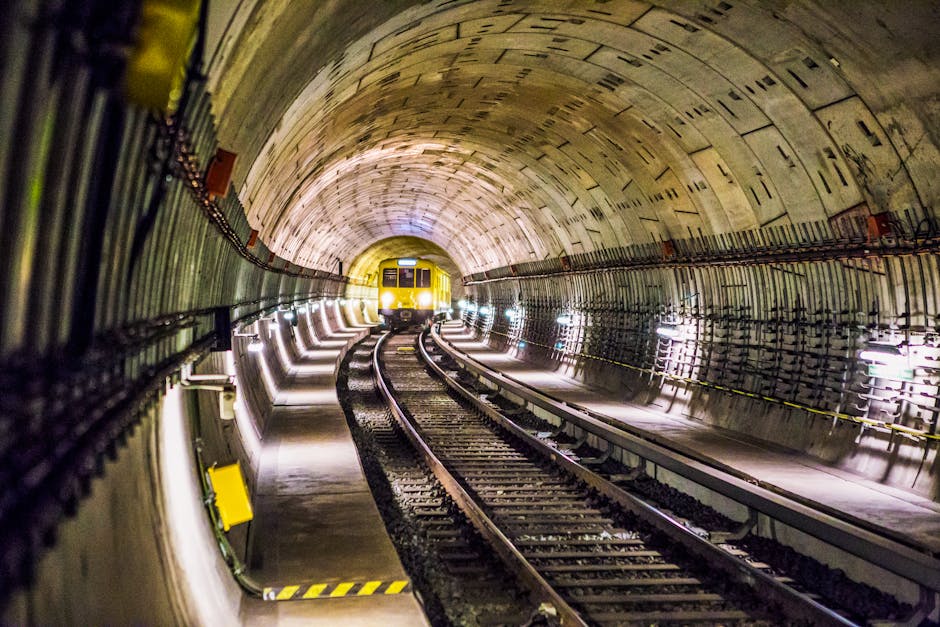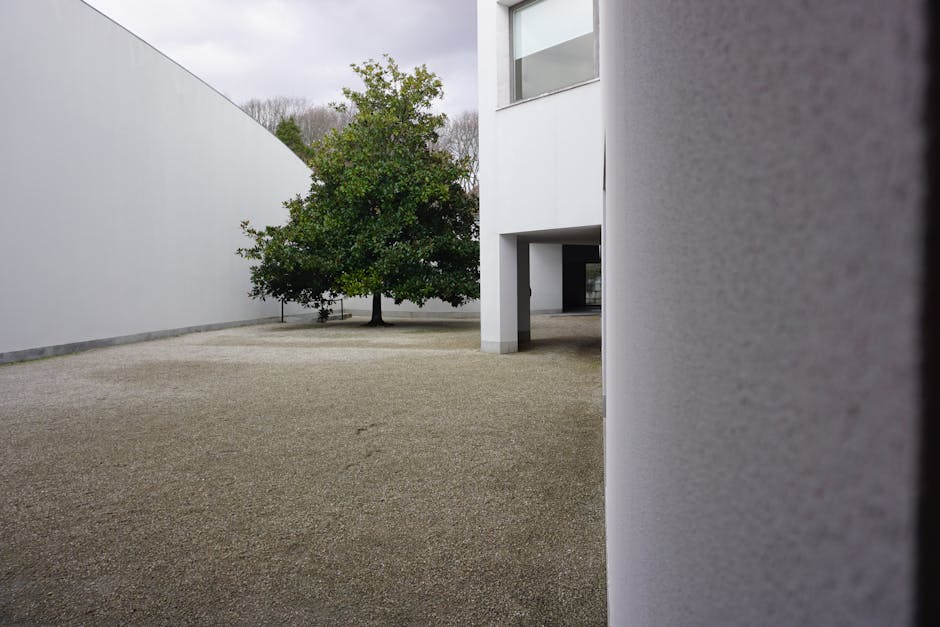What is Brutalism? Unpacking the Controversial Architectural Style
Brutalism, a term often met with strong reactions – either fervent admiration or outright disdain – is a significant architectural movement that flourished primarily from the 1950s to the 1970s. Derived from the French term béton brut, meaning “raw concrete,” Brutalism is characterized by its use of exposed concrete, raw materials, and monumental, imposing forms. Beyond the material, however, lies a complex philosophy and a range of expressive styles that deserve closer examination.

Origins and Influences: Tracing the Roots of Brutalism
While the term itself might evoke images of bleak, unforgiving structures, the origins of Brutalism are far more nuanced. It’s rooted in the post-World War II era, a time of rebuilding and a desire for functional, affordable housing and public structures. Influenced by the modernist movement’s emphasis on functionality and social responsibility, Brutalism sought to create honest, durable, and accessible architecture for the masses.
Key influences included the work of Le Corbusier, particularly his Unité d’Habitation in Marseilles, a massive concrete residential complex that embodied many Brutalist principles. Other significant figures contributing to the development of Brutalism include Ernő Goldfinger, whose Trellick Tower in London is an iconic (and controversial) example, and Kenzo Tange, whose work in Japan showcased the potential of Brutalist aesthetics in a different cultural context.
Key Characteristics of Brutalist Architecture: Form Follows… Functionality?
Several defining characteristics distinguish Brutalist architecture:
- Exposed Concrete: The hallmark of Brutalism is its extensive use of raw, unfinished concrete. This exposed concrete, often left with its natural texture and formwork marks, is a key element of the style’s aesthetic and its honest expression of materials.
- Massive Scale and Monumentality: Brutalist structures are often characterized by their large scale and imposing presence. These buildings frequently dominate their surroundings, creating a powerful and sometimes overwhelming visual impact.
- Geometric Forms: Brutalism often employs simple, geometric shapes, such as cubes, rectangles, and trapezoids. These forms are frequently repeated and combined to create complex yet unified compositions.
- Repetition and Rhythm: The repetition of modular elements and the creation of rhythmic patterns are common features of Brutalist design. This contributes to the sense of order and structure that is characteristic of the style.
- Textural Contrast: While known for its concrete, Brutalist architecture doesn’t shy away from contrasting textures. Rough concrete surfaces might be juxtaposed with smooth glass or metal elements, creating visual interest and complexity.
- Functionalism: Despite its often imposing appearance, Brutalism prioritizes functionality. Buildings were designed to serve their purpose efficiently, with an emphasis on practicality and durability.
The Controversies Surrounding Brutalism: A Matter of Taste (and Maintenance)
Brutalism’s legacy is complex and often divisive. While admired by some for its honesty, strength, and social ambition, it is also criticized for its perceived harshness, bleakness, and the difficulty of maintaining its concrete structures over time.

The decline in popularity of Brutalism in the late 20th century was partly due to changing aesthetic preferences and a shift towards more playful and less imposing architectural styles. Furthermore, the high cost of maintaining large concrete structures, alongside the challenges of adapting them to modern needs, has led to the demolition of numerous Brutalist buildings.
Brutalism Today: A Re-evaluation of the Style
In recent years, there has been a growing reevaluation of Brutalism. A new generation of architects and preservationists are recognizing the architectural and historical significance of these buildings, appreciating their unique aesthetic qualities, and advocating for their preservation and adaptive reuse.
This renewed interest reflects a broader shift in architectural discourse, with a renewed focus on sustainability, durability, and the importance of preserving structures that embody important aspects of our cultural history. While the aesthetics may not appeal to all, the enduring nature and often impressive scale of Brutalist structures are beginning to be seen as assets rather than liabilities.
Examples of Brutalist Architecture Around the World: A Global Phenomenon
Brutalism is not confined to a single region or country; it’s a global phenomenon. Iconic examples can be found across the world, showcasing the versatility and adaptability of the style. Some notable examples include:
- Unité d’Habitation, Marseilles, France (Le Corbusier): A pioneering example of Brutalist residential architecture.
- Geisel Library, San Diego, USA (William Pereira): A striking example of Brutalist library design.
- Barbican Estate, London, UK (Chamberlin, Powell and Bon): A large-scale Brutalist housing complex.
- Habitat 67, Montreal, Canada (Moshe Safdie): An experimental prefabricated housing complex.
- National Theatre, London, UK (Denys Lasdun): A powerful and iconic example of Brutalist public architecture.
These examples represent just a small fraction of the diverse and significant body of Brutalist architecture found worldwide. They highlight the style’s adaptability to various contexts and its lasting impact on the built environment.
Conclusion: Understanding and Appreciating Brutalism
Brutalism, with its inherent complexities and contradictions, remains a fascinating and significant architectural movement. While its aesthetics may be divisive, its historical context, its innovative approach to materials, and its lasting impact on urban landscapes deserve careful consideration and appreciation. Understanding Brutalism requires moving beyond simple aesthetic judgments and acknowledging the social, historical, and technical factors that shaped its development and legacy.


